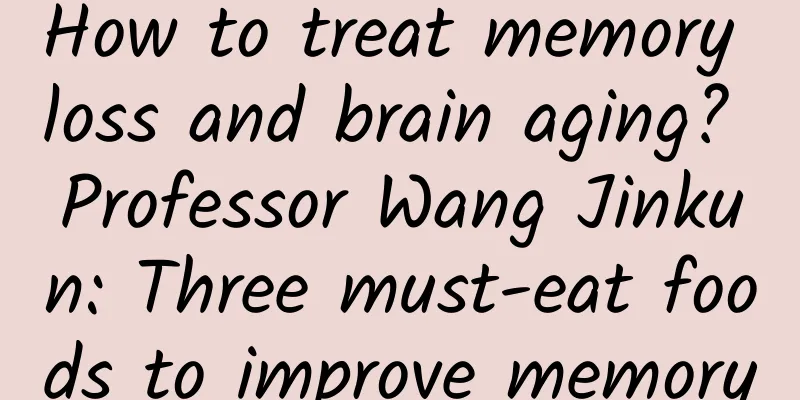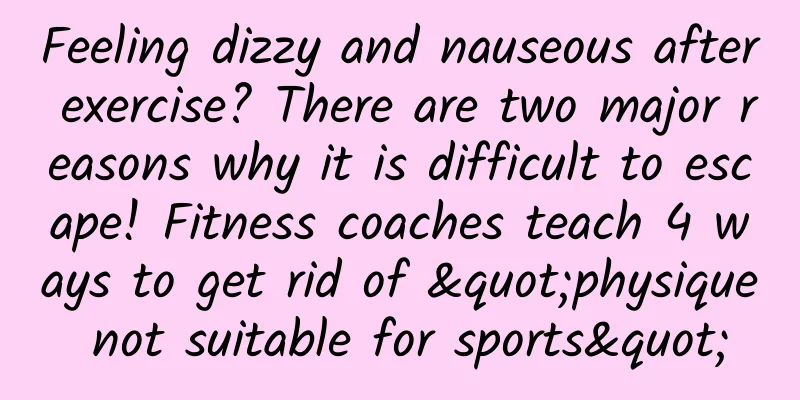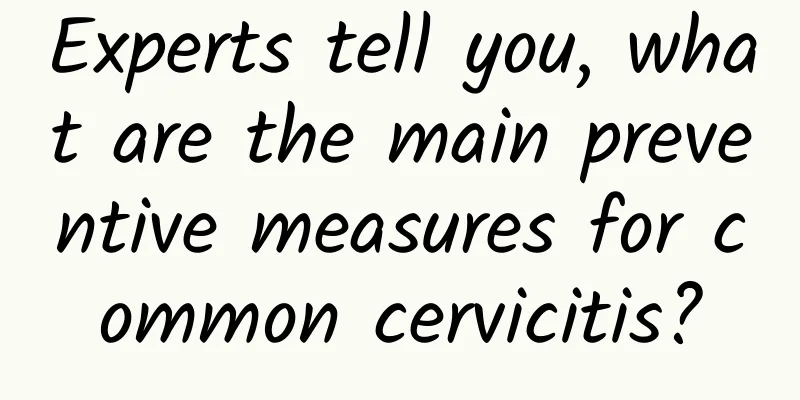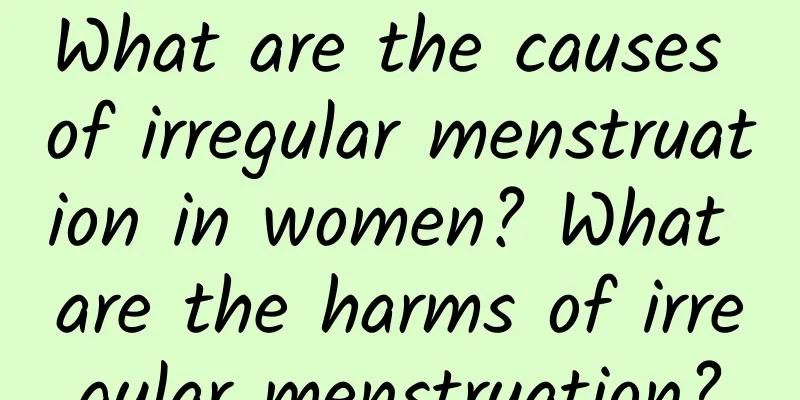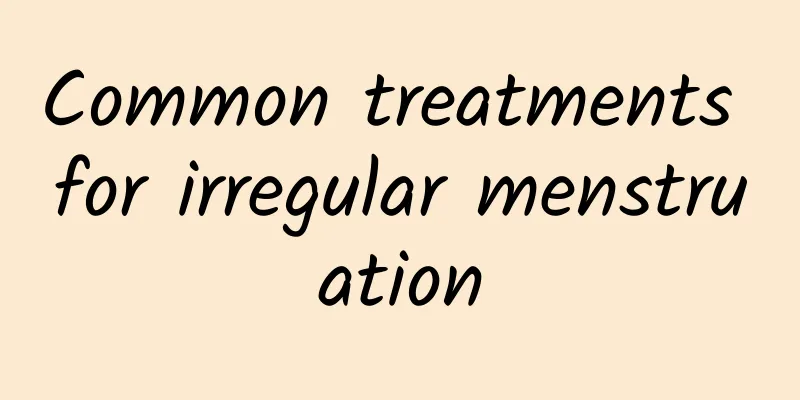The eyes are hungrier than the stomach! "Eye hunger" makes you eat too much, so do this to "eat less"...
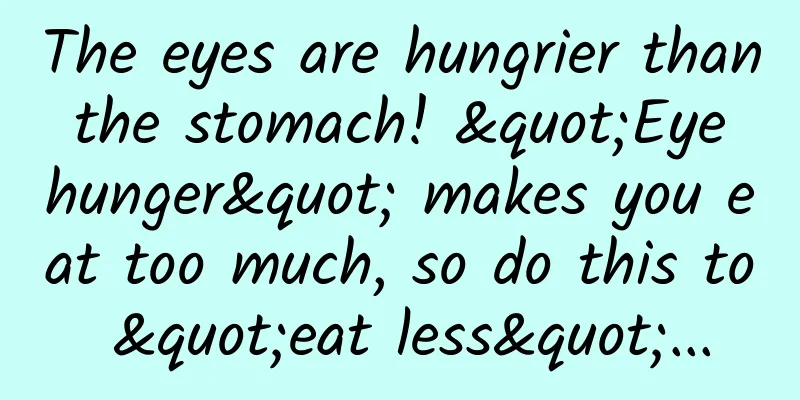
|
Hunger is a multisensory experience. Our eyes, nose, mouth, our stomach, cells, our heart and even our will can all convey the so-called "hunger" signal to us. But it's easy to get confused - which part of the body is hungry? Exploring the "Nine Types of Hunger" can help us understand which type of hunger is calling us, and make better decisions about our diet. Here's a case that illustrates the benefits of being familiar with the nine types of hunger. One woman who decided to have weight-loss surgery told me she was glad she had taken a mindful eating course beforehand. After surgery, she joined a support group at the hospital. Some women are frustrated and complain, "I thought this surgery would get rid of my hunger, but I'm still hungry!" My students say that others in the support group don't understand that the hunger in the stomach is reduced by the surgery, but the hunger in the eyes, the hunger in the ears, the hunger in the nose, the hunger in the mouth, and especially the hunger in the heart are all still shouting, "I'm hungry, let's eat!" Hunger of the heart is particularly important. Using food to relieve inner distress can only provide temporary comfort . We must learn to develop emotional intelligence, recognize which emotion triggers the desire to eat, and then deal with that emotion directly. When inner hunger is not acknowledged, people may try to relieve their distress with food, but they will soon find that their inner critic is attacking them for not eating properly. The extra anxiety created by your inner judge can catalyze a vicious cycle: You feel bad, so you eat, and because you eat you feel worse, so you eat more . This cycle repeats itself over and over again. Mindful eating allows us to take a step back and ask: How did I feel before I couldn’t resist the urge to eat? Once we can identify that feeling, we can take a better antidote than compulsive eating. If you feel lonely, just give your dog a call and give him a hug. If you're tired and irritable, take a nap. Or refresh yourself by meditating or going for a walk and breathing in fresh air. I think you’ll enjoy exploring these nine dimensions of hunger and discovering how they can help you make smarter decisions about what you eat. Eye Hungry You've just finished dining at a fancy restaurant and are feeling full, maybe a little too full. Friendly waiter: "Would you like some dessert?" You: "No, I'm really full and satisfied. The food was really delicious, but I just can't eat any more. Can you pack up the leftovers for us?" The waiter (noticing your hesitation): "No problem, I'll get you your lunch box, but how about I bring out the dessert plate for you to see?" Your brain: “It should be fine.” So the waiter brought the dessert plate: New York cheesecake with raspberry sauce, chocolate mousse topped with a dollop of whipped cream, warm apple pie with caramel sauce, and lemon tart topped with a chocolate truffle. Your eyes: "We can pick one to try!" Your mouth: “Is there any need to say that?” When your stomach is full but your eyes decide to keep eating, the old saying “your eyes are bigger than your stomach” comes true. Our eyes hold tremendous power over what and how much we eat. Perhaps this is because, during much of our evolution, when food was scarce, the ability of hunter-gatherers to forage for edible, energy-rich plants and animals was critical to human survival. Our brain consumes a quarter of our total calorie intake so that it can help us find foods that are high in calories. Scientists suspect that the overabundance of food in supermarkets and restaurants, popular cooking shows that glorify food, and especially the pervasive food images on social media may be to blame for the wider obesity epidemic. Those images mostly showed high-calorie, high-fat foods. In 2014 and 2015, food was the second most popular search topic on the Internet. A recent survey showed that 63% of people aged 13 to 32 have uploaded photos of themselves (or others) enjoying food to social media. There are currently more than 54 million food photos posted on Instagram alone. Some chefs forbid customers from taking photos of their meals, while others encourage it as free publicity and even provide camera tripods. Food photos may make us crave high-calorie foods, but such images may also distract us from paying full attention to the taste and texture of the food when we actually eat it. Being fully present is where satisfaction comes from. Virtual food does not satisfy the mouth, stomach, body or heart. Few foods are colored blue, perhaps because people are naturally wary of foods that may be moldy. It’s interesting to see how people react if you dye your food weird colors. In one experiment, the lighting in the restaurant was deliberately dimmed to disguise the true color of the food. When the lights came on, customers noticed that their steaks were dyed blue, their fries were green and their peas were red, and many began to complain that they felt sick. In another survey, strawberry drink was dyed green, and 27% of tasters described it as tasting like lime. Studies have found that people usually decide how much they will eat based on the feedback they get from their eyes. When given a free large box of stale popcorn, they grabbed it 21 more times and ate 173 more calories than those who got a medium cup of popcorn. When we eat from large plates or bowls, we eat more because the same amount of food appears smaller on the larger plate . In the United States, people usually stop eating when they see their plates are empty or a TV show ends, while in France, people tend to stop eating when the food "loses its appeal." Advertisers are well aware of eye hunger. They always hire photographers who are good at photographing food in a way that is extremely tempting to the eye. When you go to the movies and see a giant box of hot buttered popcorn or a six-foot-long lollipop appear on the screen, it's hard not to head to the concession stand. Practice For a week, carefully observe what triggers your eye hunger. Pay attention to photos in magazines, restaurant menus, supermarkets, websites and billboards. When you sit down to eat, pay attention to what food catches your eye. Intentionally look at your food, and notice if your eating experience changes when you're not looking at your food. If you cook for yourself, spend this week putting a little more thought into the visual appeal of your dishes. Note to Self Put a picture of an eye or a note that says "Eyes Hungry" on your lunch box or where you usually eat. Place your food magazine somewhere you'll see it every day, such as on your bedside table. Flip through a few pages at random every day this week and remember what catches your eye and makes you hungry. In-depth courses If you want to eat less, your eyes can help you. Take advantage of the illusion of size and use smaller plates, bowls, or utensils. You can leave the restaurant and find another place to eat to avoid being dominated by visual hunger. Keep serving bowls out of your sight. It is true that out of sight, out of mind. As soon as we stop feeding our desire with images and thoughts of what we desire, the desire will lose its power. If your eyes ask, "That looks delicious, let's eat more," you might as well stop and ask your stomach to see if it is full; ask your body whether this extra food is good for the health of your cells and organs. There are many ways to nourish yourself through your eyes, without having to use food. Note the shape and color of the empty plate in front of you. Lay out your meal and before you eat it, look at the food on your plate as if it were a work of art , noticing the different colors, shapes, and surface textures. The eyes appreciate beauty. Several times a day, take a few minutes to stop and observe the things around you, like a bright flower, a slowly moving shadow, the colors and shapes of the clutter on your desk, the glare of sunlight on the sidewalk as you walk. Conclusion If we allow eye hunger to take over, we may eat the wrong kind and amount of food. Remember, beauty is everywhere, and you can enjoy it with your eyes. Just stop and observe carefully! This article is from the book "Mindful Eating: 23 Healthy Diet Therapies for Stress Relief, Weight Loss, and Slow Living" published by Times Culture |
Recommend
The pride of Taiwan! Gastric band plication surgery to reduce star
Before undergoing weight loss surgery, patients o...
Can I still have children after suffering from cervical warts?
Most people know that cervical warts are contagio...
What is Trichomonas vaginitis? What are the symptoms of Trichomonas vaginitis?
The main cause of trichomoniasis is infection wit...
What are the causes of menstrual disorders?
What are the causes of menstrual disorders? Due t...
How to prevent habitual miscarriage?
Because habitual miscarriage is very harmful, it ...
Check hygiene! Dajia Mazu Festival: Eat Healthy
The nine-day and eight-night Mazu pilgrimage proc...
How much does it cost to treat pelvic peritonitis?
Female friends are very familiar with pelvic peri...
Are you a Matcha girl? 6 benefits of matcha that you must drink
Matcha was originally a tea drink exclusive to Ja...
How to use medicine for acute pelvic inflammatory disease
How to use medicine for acute pelvic inflammatory...
The difference between female adnexitis and pelvic inflammatory disease
Adnexitis is a common disease caused by pathogeni...
Women without children should beware: Early menopause is the cause of uterine fibroids
Experts say that the causes of uterine fibroids m...
Will there be bleeding after miscarriage? What should I do if there is bleeding after miscarriage?
Most patients will have vaginal bleeding after ab...
How to eat scientifically for patients with cervical warts
According to surveys, the incidence of cervical w...
What does uterine fibroids generally refer to? Is uterine fibroids the most common gynecological disease?
What is uterine fibroids? Is uterine fibroids the...
Does bacterial vaginosis affect menstruation?
Will bacterial vaginosis cause irregular menstrua...

